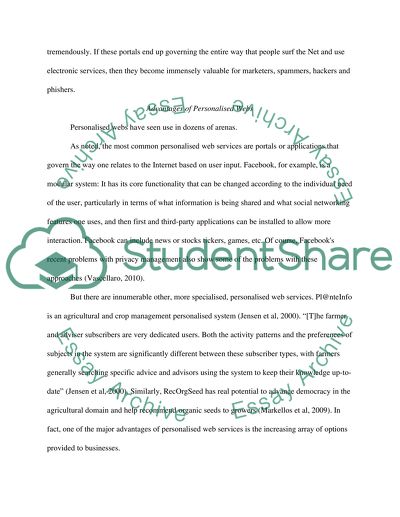Cite this document
(“Literature Review on Personalized Web Improvement”, n.d.)
Retrieved from https://studentshare.org/information-technology/1409514-literature-review-on-personalized-web-improvement
Retrieved from https://studentshare.org/information-technology/1409514-literature-review-on-personalized-web-improvement
(Literature Review on Personalized Web Improvement)
https://studentshare.org/information-technology/1409514-literature-review-on-personalized-web-improvement.
https://studentshare.org/information-technology/1409514-literature-review-on-personalized-web-improvement.
“Literature Review on Personalized Web Improvement”, n.d. https://studentshare.org/information-technology/1409514-literature-review-on-personalized-web-improvement.


